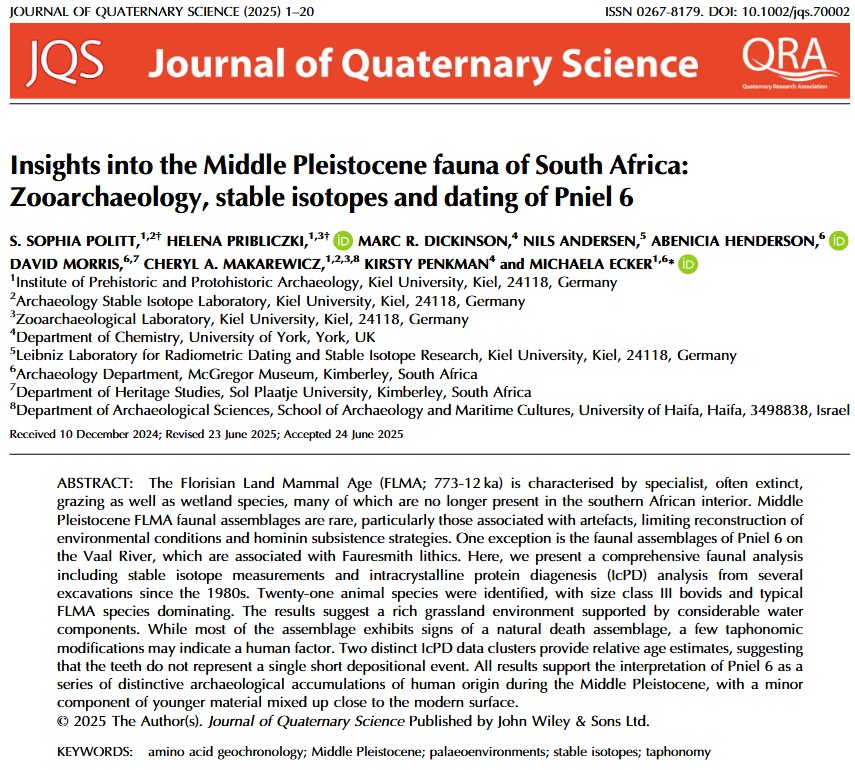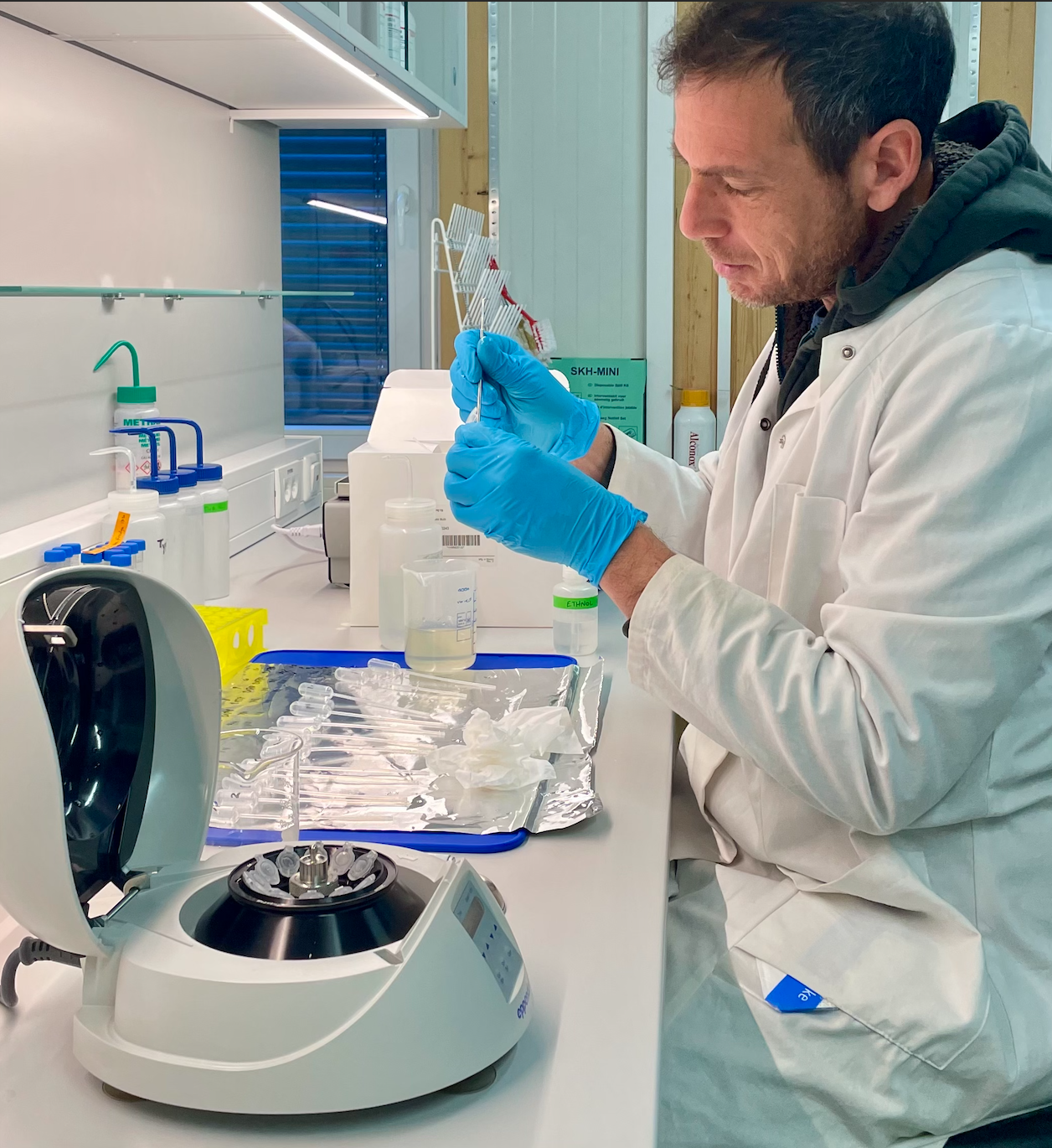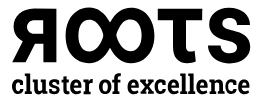The Archaeology Stable Isotope Laboratory (ASIL) investigates the complex interplay between humans, animals, and plants in various environmental and cultural settings. Directed by Dr. Cheryl Makarewicz and managed by Dr. Christine Winter-Schuh, ASIL employs multi-stable isotope analysis to study ancient human mobility, diet, animal husbandry, and plant cultivation practices. The lab focuses on Neolithic, Bronze Age, and Iron Age communities in the Near East, Eurasian Steppe, and Central and Northern Europe. ASIL also explores the impact of diagenetic processes on isotope signals and develops innovative sample preparation protocols for bones, teeth, and charred seeds to achieve high resolution datasets that capture authentic in vivo isotope values.
ASIL is a core facility for isotope research conducted in the Institute of Prehistoric and Protohistory Archaeology at the University of Kiel and also for the Excellence Cluster ROOTS, recently renewed for seven more years. The lab supports a diverse international body of MA students, PhD candidates, and postdoctoral scholars supported by the European Research Council, Humboldt Foundation, Marie Skłodowska-Curie Action (EU), Minerva Stiftung, Deutscher Akademischer Austauschdienst (DAAD), the German Science Foundation (DFG), and other funding bodies worldwide. ASIL also offers training courses and welcomes researchers wishing to integrate stable isotope approaches into their research.
Recent Updates
07/2027 - New paper by Sophia Politt et al.
Congratulations to former ASIL employee Sophia Politt et al. on their new paper: "Insights into the Middle Pleistocene fauna of South Africa: Zooarchaeology, stable isotopes and dating of Pniel 6" published in Journal of Quaternary Science. This paper is based in part on Sophia's MA research supervised by Dr. Michaela Ecker as part of her KHO project. This work exemplifies how to bring together multiple strands of data to establish the natural vs. anthropgenic contribution, as well as deposition rate, to a Pleistocene faunal accumulation.

Projects

PASTLOST
PASTLOST investigates early experimentation with animal husbandry in northern and eastern Kazakhstan, a crucible of human innovation in the steppe where horses were brought under human control much earlier than elsewhere.

ASIAPAST
This multi-disciplinary project explores the emergence of mobile pastoralism in the ancient Eurasian steppe where a unique transformation in human lifeways was initiated 5,000 years ago - when people began to rely on sheep, goat, cattle, and horses for both their daily subsistence as symbols.

Agricultural Regional Diversity & Social Inequality (ARDS)
Weaving together isotopic, palaeobotanical, and zooarchaeological datasets, ARDS investigates how the adoption of plough agriculture and changes in pastoralism in the Carpathian Basin during the Bronze Age led to increased social inequality - as evidenced by intensified production, land and labor control, and wealth accumulation in large tell settlements.

The PaleoBIRD Project
The PaleoBIRD project uses proteomic and isotopic analysis of bird remains from Levantine Stone Age sites to understand how climate change during the Pleistocene affected bird populations, human diets, and the overall Levantine landscape.

The Terminal Pleistocene-Early Holocene transition in the southern Levant
This postdoctoral study explores the environmental and climatic factors that influenced the transition from hunter-gatherer societies to early sedentism and agriculture in the southern Levant by employing high-resolution multi-proxy approaches - including isotopic analysis of herpetofauna remains and leaf wax n-alkane.

Equipment
ASIL provides cutting-edge stable isotope analysis of archaeological and modern materials. Our state-of-the-art equipment enables the analysis of a wide range of sample types – including bone, teeth, hair, plants, and water. ASIL is equipped with two isotope ratio mass spectrometers and peripherals (EA-IRMS, GC-C-IRMS), a gas chromatograph (GC-FID), and other specialized instruments to measure bulk and compound-specific stable isotopes. ASIL also houses a wide range of sample preparation equipment including drilling stations, mills, ovens, and analytical balances. These capabilities enable in-depth investigations into various aspects of past human behavior, diet, mobility, and environmental conditions.
People

Prof. Cheryl Makarewicz
Lab Director
01/2010 - present

Dr. Christine Winter-Schuh
Lab Manager
01/2014 - present

Lea Kohlhage
Research Assistant
01/2023 - present



